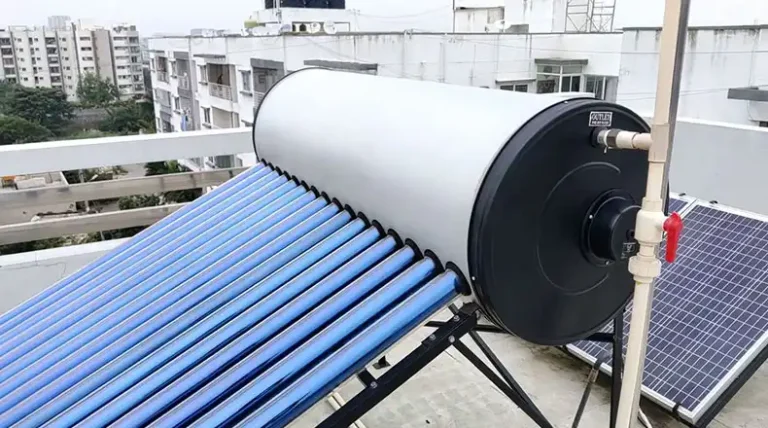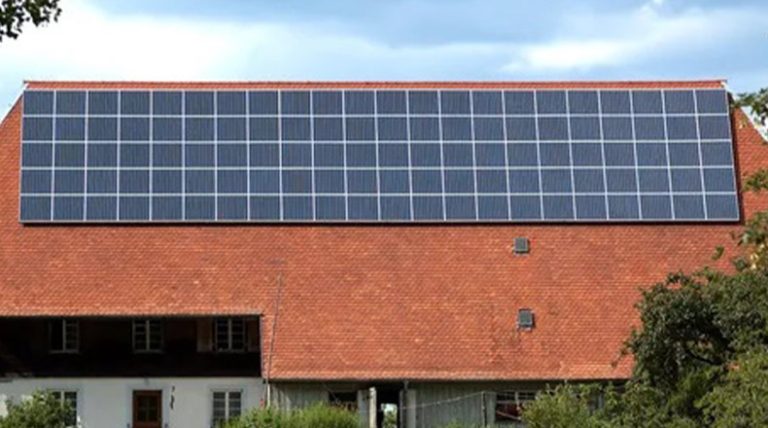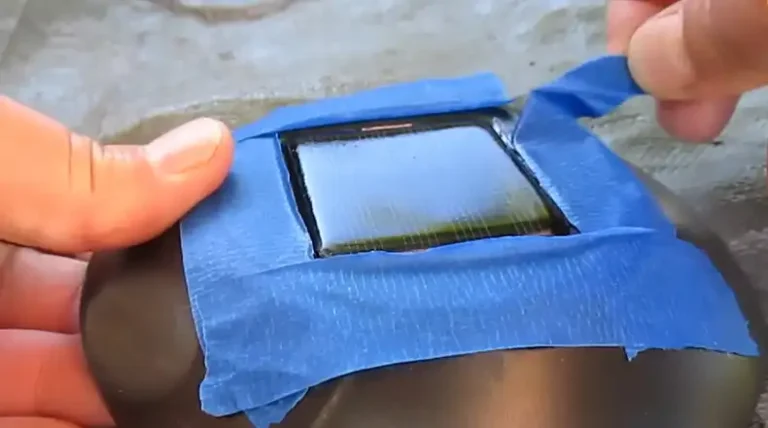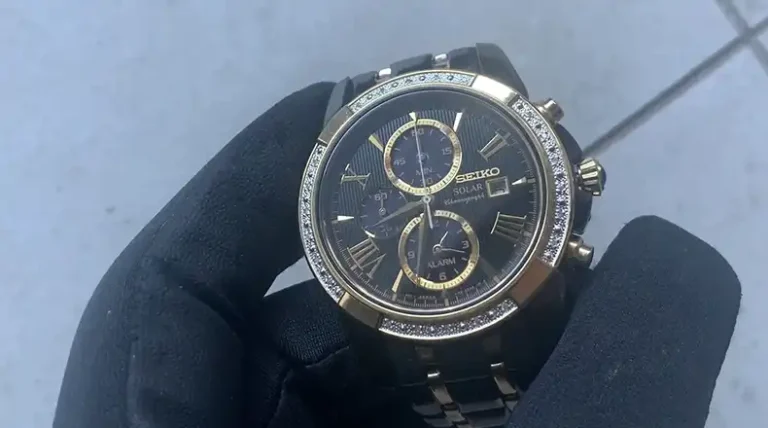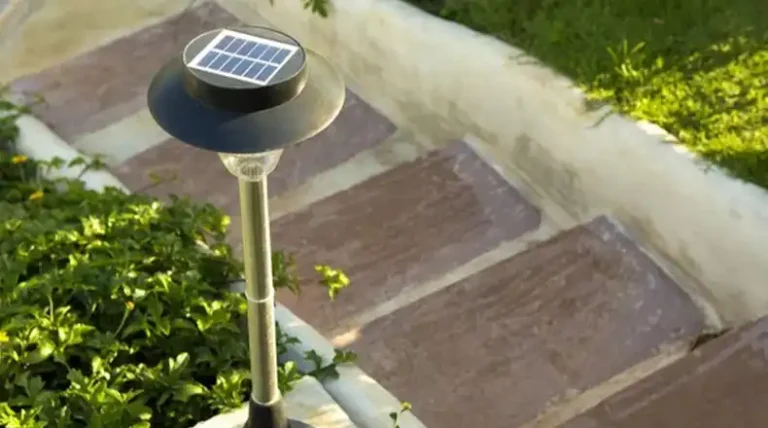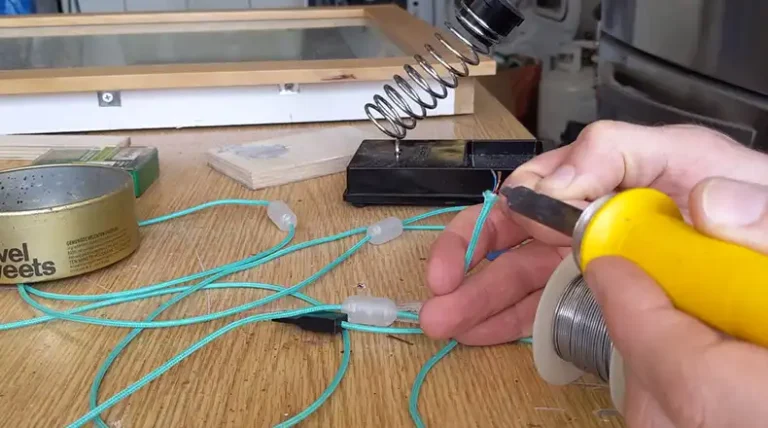Does Solar Cable Need to Be in Conduit?
Going solar is an excellent way to reduce your carbon footprint and save money on energy bills. However, installing solar panels is just the beginning – you also need to think about how to properly set up the cables that carry the electricity from your panels to your home or business. One common question that arises is whether these solar cables need to be encased in a protective covering called a conduit. The short answer is: in most cases, it’s highly recommended and often required by local building codes to run solar cables through a conduit. In this article, I’ll break down everything you need to know about using conduits for your solar cable installation.
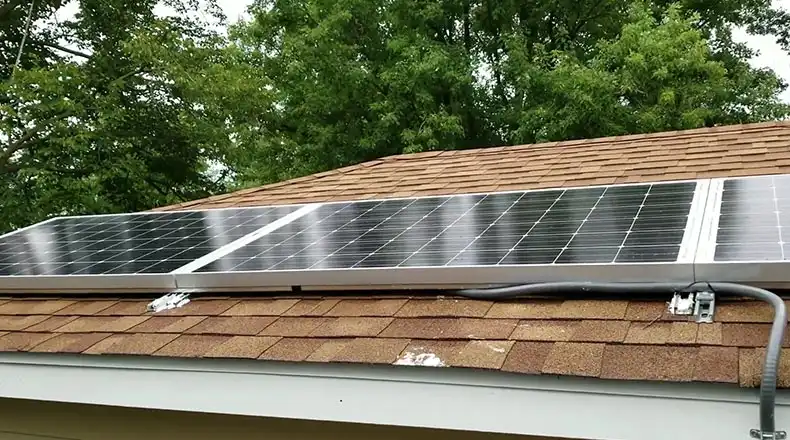
Why and When You Should Keep Solar Cable in Conduit?
In some countries like Australia, the local building codes require that the direct current (DC) cables from your solar panels must be encased in a labeled conduit once they enter your building. These labels, typically red in color, serve as a warning sign for emergency responders like firefighters, who might need to access the area and could potentially damage the cables with their tools.
In the United States, while not always strictly mandated, many solar experts recommend running the cables through a conduit, especially if you have a high-voltage solar panel system. This is because higher voltages can pose a greater risk of electrical hazards if the cables are damaged or exposed.
Additionally, regardless of your location or system size, it’s generally a good practice to use a conduit if you’re running the solar cables through walls or across your roof. These areas are more prone to potential damage, so the added protection of a conduit can be beneficial.
Benefits of Using Conduit to Cover Solar Cable
Using a conduit to cover your solar cables offers several advantages that can enhance the overall performance, safety, and longevity of your solar installation.
Increased Protection
The primary benefit of using a conduit is that it shields the cables from various types of physical damage. For example, if someone accidentally steps on an exposed cable, or if a rodent or other animal tries to chew through it, the conduit acts as a barrier to prevent direct contact. It also protects the cables from moisture, UV radiation from the sun, and other environmental factors that could degrade the cable insulation over time.
Neat and Organized Installation
Encasing your solar cables in a conduit allows for a clean and organized cable routing, which not only looks more professional but also makes it easier to identify and access the cables if you ever need to perform maintenance or repairs. Instead of having cables running haphazardly across your roof or through your walls, the conduit provides a neat and tidy pathway.
Which Type of Conduit Needs to be Used for Solar Cable?
The type of conduit you’ll need for your solar cable installation will primarily depend on the size and voltage of your solar system, as well as your local building codes and regulations.
For smaller residential solar systems, a plastic conduit made from polyvinyl chloride (PVC) is often sufficient and meets most code requirements. PVC conduits are lightweight, easy to install, and provide adequate protection for low-voltage cables.
However, if you have a larger, high-voltage solar setup, it’s generally recommended to use a metal conduit for maximum safety and durability. Metal conduits, such as those made from aluminum or galvanized steel, offer superior protection against physical damage, heat, and potential fire hazards. They are also more resistant to environmental factors like UV radiation and moisture, making them a suitable choice for outdoor installations or areas with harsh weather conditions.
Conclusion
Protecting your solar cables with a conduit is a wise investment that ensures the longevity and safety of your solar system. While requirements may vary by location, following industry best practices and using the appropriate conduit can give you peace of mind and maximize your solar energy returns. Don’t hesitate to consult professionals if you have any further questions or need guidance on the best conduit solution for your specific setup. Wishing you a seamless and rewarding solar journey! If you have any additional queries, feel free to leave a comment below, and I’ll be happy to assist you further.

